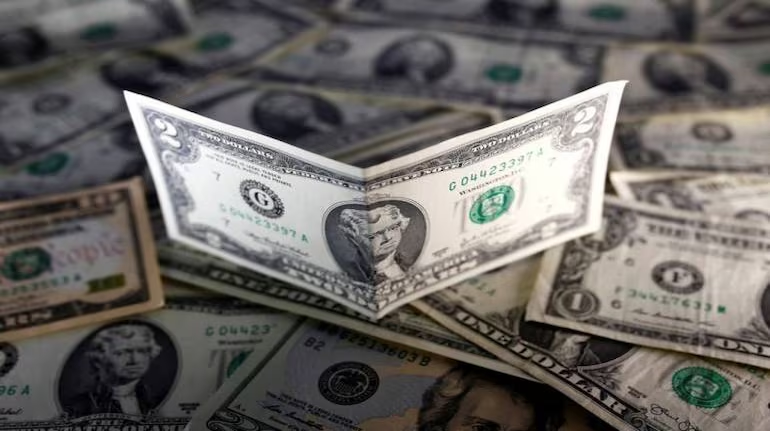India’s foreign exchange (forex) reserves have recently reached an unprecedented high of over $700 billion in 2024, placing the country among the top four globally for forex reserves, after China, Japan, and Switzerland. This surge represents a 7.7% increase from the previous year, signaling India’s strong international financial position. The reserves are strategically built up to secure the economy, stabilize the currency, and maintain investor confidence, with reserves structured primarily in foreign currencies, gold, Special Drawing Rights (SDRs), and a reserve position in the International Monetary Fund (IMF).
Key Components of India’s Forex Reserves
- Foreign Currencies: Constituting the largest segment, these holdings primarily include the US dollar, Euro, and other major global currencies. Such reserves are instrumental for managing import costs, debt payments, and economic stability during financial disruptions.
- Gold Reserves: India’s gold reserves, about 804 tons, add a layer of security and a hedge against inflation. Gold is particularly valuable during global crises and economic downturns, acting as an alternative to fiat currencies which can fluctuate based on market conditions.
- Special Drawing Rights (SDRs): Issued by the IMF, SDRs help supplement India’s forex reserves and provide additional international liquidity, which can be accessed in times of balance-of-payments challenges.
- IMF Reserve Position: India’s position within the IMF further reinforces its standing in the global financial system, allowing it to access IMF resources as needed and enhancing its international credibility.
Purpose and Importance
The rapid expansion of forex reserves is vital for various reasons. Primarily, they act as a cushion during global economic downturns, helping India manage short-term external debt obligations, stabilize the rupee, and ensure sufficient liquidity for imports and international obligations. With foreign reserves, India can intervene in forex markets to control currency volatility, a vital tool in maintaining the economic environment for trade and investment.
Economic Impact and Challenges
High forex reserves come with several benefits:
- Enhanced Stability and Creditworthiness: High reserves boost India’s credit ratings, attracting foreign investments that contribute to economic growth.
- Inflation Control and Monetary Policy Flexibility: Forex reserves give India’s central bank flexibility in regulating currency and controlling inflation.
However, maintaining large reserves can also have opportunity costs. Capital tied up in reserves is not used in domestic investments, which could potentially generate economic growth. Additionally, excessive intervention in currency markets can create inflationary pressures if foreign capital inflows exceed a manageable threshold.
Strategic Significance and Future Outlook
As India strengthens its trade relationships and global economic ties, maintaining a robust level of reserves is critical for economic security. With reserves exceeding $700 billion, India is well-equipped to handle trade fluctuations, debt servicing, and possible global financial crises. This strong position is a key indicator of India’s growing influence and stability within the global economic landscape, helping to protect the economy against potential global economic shocks.
India’s continued focus on expanding its forex reserves reflects both prudent economic management and a proactive approach to sustaining economic growth and stability in an unpredictable world economy.






